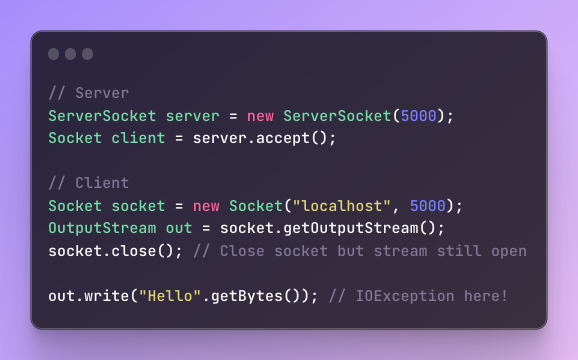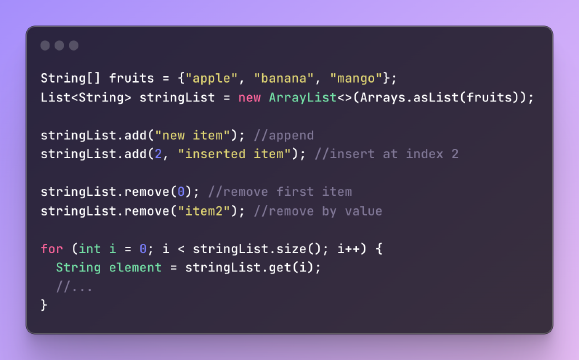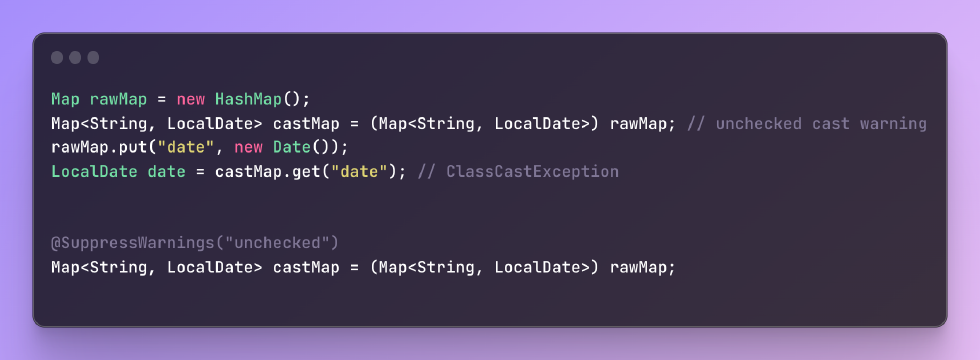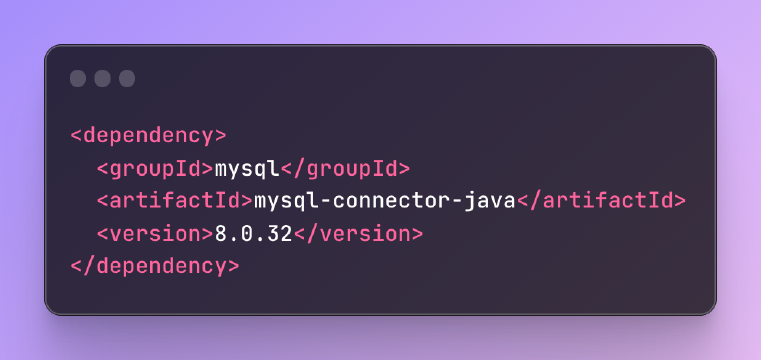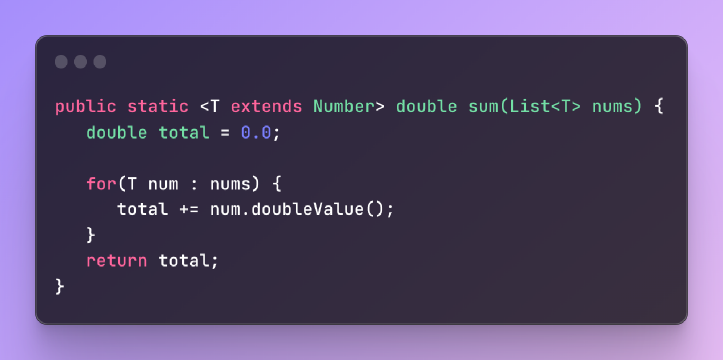In programming, a sentinel value is a special value used to detect the end of data input when the actual end point is unknown. Sentinel values provide a flexible and convenient way to terminate loops where the number of iterations is not fixed beforehand.
What is a Sentinel Value?
A sentinel value, also known as a flag value or trip value, is a special value that marks the endpoint of data input. It is commonly used to terminate indefinite loops like while loops and do-while loops in Java.
Here are some key characteristics of sentinel values:
They signal the completion of data input from an external source like user keyboard or file.
They should be an invalid value for actual data but of the same data type. For example, -1 for numeric data and “quit” for string data.
They allow the loop to execute as many times as needed based on dynamic user input, rather than having a pre-defined fixed iteration count.
Once the sentinel value is encountered, the loop finishes execution and moves to the next steps.
Sentinel values provide a simple mechanism to terminate loops with variable iterations in an elegant manner.
Sentinel Value Example in Java with Numbers
Here is a complete Java program that demonstrates the use of a sentinel value to sum integers entered by the user:
1import java.util.Scanner;
2
3public class SentinelValueSum {
4
5 public static void main(String[] args) {
6
7 int number, sum = 0;
8
9 Scanner input = new Scanner(System.in);
10
11 System.out.print("Enter positive integers to sum (enter 0 to quit): ");
12
13 // 0 is used as the sentinel value
14 number = input.nextInt();
15
16 // Keep reading numbers until the sentinel value is input
17 while(number != 0) {
18
19 // Add valid number to sum
20 sum += number;
21
22 // Prompt for next integer
23 System.out.print("Enter another integer (enter 0 to quit): ");
24
25 // Read next number
26 number = input.nextInt();
27 }
28
29 // Print final sum
30 System.out.println("The sum of all entered numbers is: " + sum);
31
32 }
33
34}
In this example, the integer 0 is used as the sentinel value to mark the end of input.
The key steps are:
Initialize sum to 0 to store the accumulation.
Read the first integer from user into number using Scanner class.
Start a while loop that checks
number != 0in the condition.Inside the loop, add each valid input number to the sum variable.
Prompt for next number and read input into number again.
When number becomes 0, the while loop terminates.
Finally, print out the total sum for user.
This allows the user to freely enter any number of valid integers and terminate the input process by entering the sentinel value 0 when finished. The loop runs as many times as needed based on user input.
Sentinel Value Example in Java with Strings
We can apply the same concept of sentinel values to input strings:
1import java.util.Scanner;
2
3public class SentinelValueString {
4
5 public static void main(String[] args) {
6
7 String name;
8
9 Scanner input = new Scanner(System.in);
10
11 System.out.print("Enter names (enter 'quit' to end): ");
12
13 // 'quit' is used as the sentinel value
14 name = input.nextLine();
15
16 // Keep reading names until sentinel value is entered
17 while(!name.equals("quit")) {
18
19 // Process name
20
21 System.out.print("Enter next name (enter 'quit' to end): ");
22 name = input.nextLine();
23 }
24
25 }
26
27}
In this example, the string “quit” is used as the sentinel value to terminate the loop. The loop continues reading names entered by the user until they enter “quit”.
Some key points:
- Use
equals()method to compare the input string with sentinel value. - != is used to check for not equal condition.
- Input is read using
nextLine()instead ofnextInt().
This allows the user to input any number of names separated by Enter until quitting by typing the sentinel value.
Advantages of Using Sentinel Values
Some benefits of using sentinel values for loop termination:
They provide an elegant way to terminate a loop based on value rather than fixed counts.
The loop can execute any number of times based on requirement.
User has control to decide when the input ends.
Avoid repeated input prompting within loop. Prompt only once before loop starts.
Prevent errors from reading beyond actual data.
Sentinel value check replaces traditional loop condition neatly.
Can be used for both numeric and string inputs.
Simple technique to employ in loops with dynamic iterations.
What is the difference between a sentinel controlled loop and a count controlled loop?
The key difference is:
In a count controlled loop, the number of iterations is pre-defined and fixed based on a counter variable.
In a sentinel controlled loop, the number of iterations is not fixed and depends on the input data. The loop runs until the sentinel value is encountered.
For example:
1// Count controlled loop
2for (int i = 0; i < 5; i++) {
3 ...
4}
5
6// Sentinel controlled loop
7while (!name.equals("quit")) {
8 ...
9}
The for loop has a fixed count of 5 iterations, but the while loop iterates based on user input and the sentinel value.
Sentinel controlled loops are useful when the iteration count cannot be predetermined and depends on external data. On the other hand, count controlled loops are useful when we know the exact number of iterations beforehand.
Choosing a Good Sentinel Value
The sentinel value should be carefully selected as a value that will never occur as part of actual input data.
For numeric data, negative values like -1 work well when input range is strictly positive.
For string data, values like “quit”, “end”, “exit” work fine as sentinel values.
Ideal properties of a good sentinel value:
Match data type of input data.
Distinct from any valid/actual input value.
Recognizable and indicative of end of input.
Simple value easy to test for.
Summary
Sentinel values provide an easy yet powerful way to control indefinite loops where iteration count is unknown beforehand.
They eliminate the need to prompt for input multiple times within the loop.
The sentinel value clearly indicates to the program when user input is finished.
Widely used examples are 0 for numeric data and “quit” for string data.
Sentinel values can greatly simplify loop termination logic in Java.
In summary, sentinel values are a very useful technique for terminating loops with variable or unknown number of iterations in Java based on input, rather than controlling loops by fixed counts.

